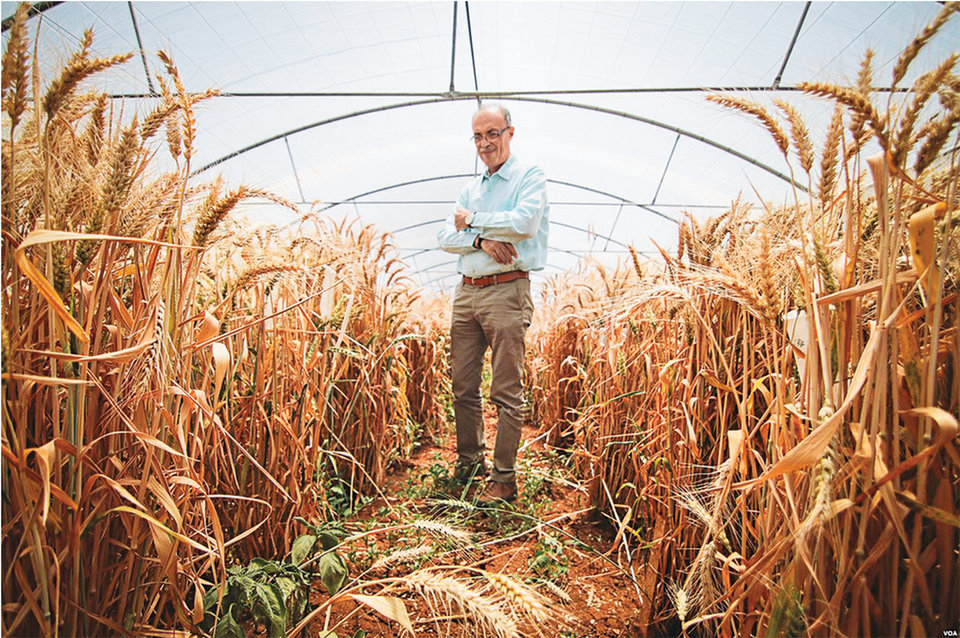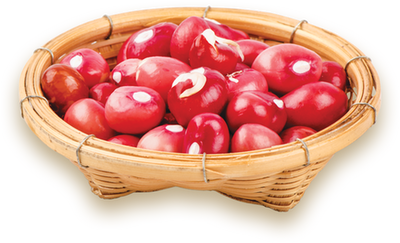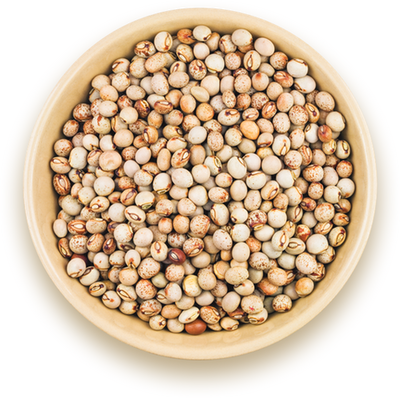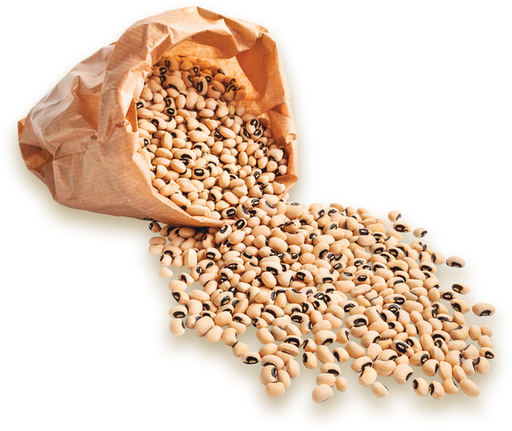MakingaWithdrawal
Likeabank,onlythosewhodepositseedsareabletotakeseedsout.TheGlobalSeedVaultdoesn’towntheseeds.Anyseedsdonatedarestillownedbythosewhodepositedthem.Thismeansthatonlythepeoplewhodonatedcanhaveaccesstothoseseedsorallowotherstoborrow them.
Whencertainseedsareattheendoftheirlife,acountrycantakethemouttogrowthemandcreatefreshseeds.Thentheycansendsomeofthosenewseedstothevaulttomakesurethevarietyissafe again.
Hasanyoneeverneededtheseedsthey’vestored?Yes.Justask Syria.
TheInternationalCenterforAgriculturalResearchintheDryAreas(ICARDA)usedtobebasedinAleppo,Syria.Butin2011,thecountrywasonthebrinkofcivilwar.Toprotectseeddiversity,ICARDAsent100,000typesofseedstoSvalbardforsafekeeping.Thisincludedoneofthelargestcollectionsoftypesofwheatinthe world.
ICARDAsetupnewplacestoworkinMoroccoandLebanon.Thenin2015,theyaskedSvalbardtoreturntheirseeds.ICARDAplantedthoseseedstogetfreshones,someofwhichtheysentbackto Svalbard.
DomesticCrops
TheSvalbardseedbankcanhelpuswithfutureproblems,too.ThereisagermthatkillswheatcalledUg99.ItwasfirstfoundinUganda,Africa,in1999.Thisgermtravelsonsporesinthewind.Itisquicklyspreadingtoothercountries.It’sheadingtoIndia.ItwillmovetoAustralia.Eventually,itwillreachtheUnitedStates.Weneedtohavewheatthatcanresistthisgermbythetimeit arrives.
That’swhyaseedbankliketheoneinSvalbardissoimportant.Itoffersusprotectionagainstcroplossandlossofdiversity.ItalsobuysustimetosolveproblemslikeUg99.Aboveall,theseedvaultisinplaceifeverwefaceaglobalfoodcrisis.Fornow,westorethem,oneseedpacketata time.

wheat
AnICARDAscientistlooksatseedbankcropsgrowingin Lebanon’s Bekaa Valley.

FromtheSvalbardVault
Bambara groundnuts
ThislegumeisgrownbyfarmersinAfrica.Itmakesundergroundpodsthatcontainnuts.Thenutscanbeeatenfresh.But,theyareusuallydriedandgroundintoflour.Theflourisusedtomakedumplings,cakes,and biscuits.


Pigeon peas
Pigeonpeashavedeeptaproots.Therootscanbreakthroughhardsoil.Thisplantbringsupnutrientsfromdeepunderground.Itmakesthesurfacesoilbetter.Pigeonpeasareusedtomakedal,adishfrom India.
Black‑eyed peas
Black‑eyedpeasarevaluedinAfrica.Theyareabletogrowinhotanddryconditions.Theyalsochangenitrogeninsoilintoaformthatlivingthingscanuse.Thishelpsmakefieldsfertileagainforother crops.

Map of Washington, D.C., 1860s
The White House
Peterson House
Ford's Theatre
United States Capitol
Smithsonian Institute
Washington Monument
POTOMAC RIVER